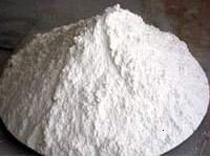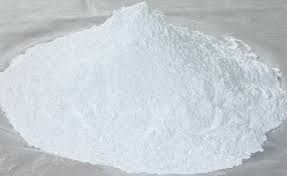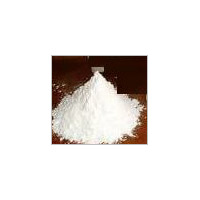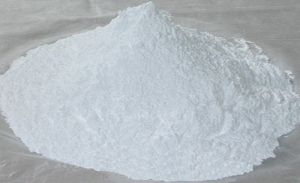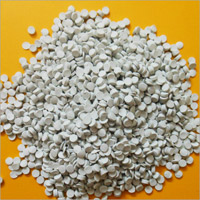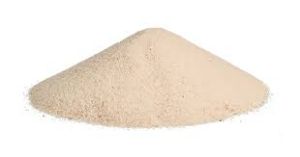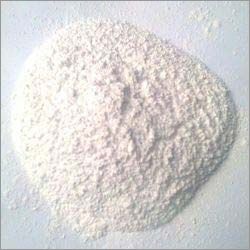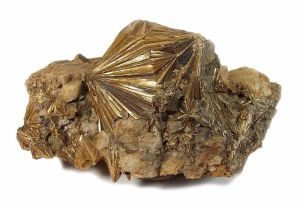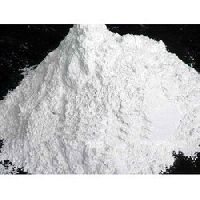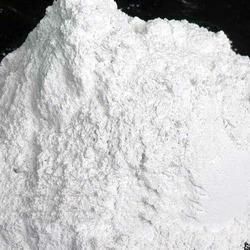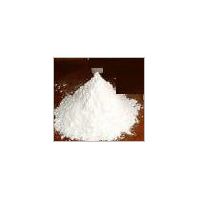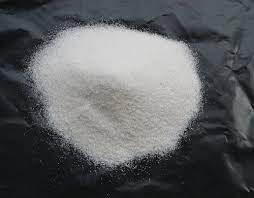NEB Extension, Alwar, Rajasthan
- GST NO. : 08ABOPS7174A1ZC
| Business Type | Manufacturer, Exporter, Supplier, Retailer |
| Type | Organic |
| Color | White |
| Form | Powder |
| Click to view more | |
Product Details
We are one of the leading firms actively involved in bringing forth the finest quality Dolomite Powder. Dolomite was named for the French mineralogist Deodat de Dolomieu. The mineral dolomite is commonly found in deposits of a sedimentary rock called dolostone. There are two types of materials often called dolomite, a true chemically uniform calcium magnesium carbonate with the chemical formula CaMg(CO3)2, and a dolomitic limestone, which is just an irregular mixture of calcium and magnesium carbonates. Dolomite is believed to have formed by replacement of some of the calcium in a calcium carbonate limestone deposit with magnesium, while the sediment was undergoing lithification, being converted from layers of dead clam and other sea animal shells into crystallized calcite or calcium carbonate. The resultant dolomite mineral, CaMg (CO3)2 is a true double salt. The calcium and magnesium ions in dolomite exist in separate layers in the crystal matrix. Dolomite has a calcium layer, then a carbonate layer, then a magnesium layer then a carbonate layer, and so on. Dolomite is harder and denser than the calcite form of calcium carbonate or limestone, and is more chemically inert and more impervious to acid attack.
Uses Of Dolomite Powder
The inherent differences between Dolomite Powder and calcite drive the applications for dolomite. Dolomite Powder is chosen for many construction and building product applications due to its increased hardness and density. Asphalt and concrete applications prefer dolomite as filler for its higher strength and hardness. Dolomite also finds use in a number of applications as a source of magnesium such as glass and ceramics manufacture, as well as a sintering agent in iron ore pelletization and as a flux agent in steel making. Farmers use dolomite for agricultural PH control. The chemical industry uses the mineral dolomite in making magnesium salts including magnesia, magnesium oxide (MgO), which is used in pharmaceuticals.
As an industrial mineral, between Dolomite Powder's usage is significantly less than calcites. This is primarily due to the relative lack of high brightness deposits of dolomite. The alteration process that forms dolomite tends to bring in additional impurities that reduce brightness or tint the stone brown or gray. In regions where high brightness dolomites do exist, they share many of the applications of calcium carbonate.
Looking for "Dolomite Powder" ?
Explore More Products

